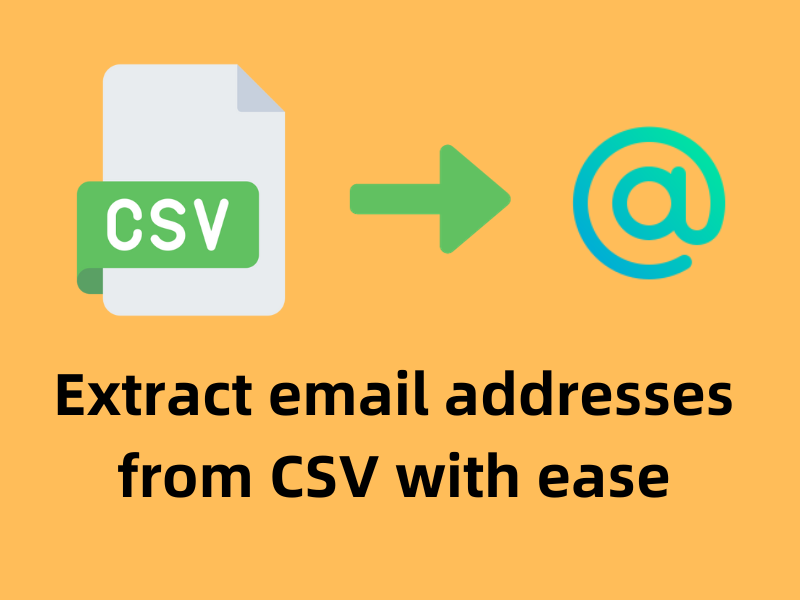How to extract email addresses from CSV online
 Extracting email addresses from CSV files can be a vital task in various business and personal contexts. Whether you're building a marketing campaign or organizing contact information, the efficiency of this process can greatly impact your productivity.
Extracting email addresses from CSV files can be a vital task in various business and personal contexts. Whether you're building a marketing campaign or organizing contact information, the efficiency of this process can greatly impact your productivity.
Understanding CSV Files
CSV stands for Comma Separated Values. This format is one of the most straightforward and universal methods for storing tabular data. A CSV file typically contains data arranged in rows, with each column separated by a comma. Due to its simplicity, CSV files are widely supported by numerous applications and services, making them ideal for exporting and importing data like contact lists, financial information, and more.
The structure of a CSV file is simple: the first row often contains the headers, which define the type of data in each column, and the subsequent rows contain the data values themselves. For example, a CSV containing contact information might have headers like "Name," "Email," "Phone Number," and "Company.
Reasons for Extracting Email Addresses from CSV Files
Email addresses serve as a direct line of communication to clients, colleagues, or prospects. Here are some reasons why extracting these from CSV files is beneficial:
Marketing Campaigns: For digital marketers, having access to a clean list of email addresses means being able to reach out to potential customers with newsletters, promotions, and updates.
Data Cleaning: Over time, contact lists can become outdated. Extracting email addresses from CSV files allows for easier auditing and updating of contact information.
Migration and Integration: When moving data between systems or integrating new tools, it's often necessary to extract and transfer only specific pieces of data, like email addresses.
Personalization: By extracting email addresses and related information, companies can personalize communication, improving engagement and customer experience.
Using MailReap to Extract Email Addresses from CSV Files with one click

MailReap.com simplifies the extraction process, allowing you to retrieve email addresses from CSV files quickly and securely. Here’s how you can use MailReap.com for your email extraction needs:
Access MailReap: Open your web browser and go to MailReap.com.
Choose your CSV: Select or drag your CSV file from your device. Because MailReap processes data locally in your browser, your information stays private, and there's no need to worry about uploading sensitive data to a remote server.
Start Extraction: Once your file is selected, initiate the extraction process. MailReap will scan through the CSV file, identifying and isolating every email address. The tool is built to handle CSV-specific formatting, ensuring that all email addresses, even those with unusual characters or embedded spaces, are accurately captured.
Review and Export: After the extraction is complete, you can review the list of email addresses MailReap has compiled. You'll have the option to copy the emails to your clipboard or export them into a new CSV file, a TXT document, or even an Excel spreadsheet, making it easy to integrate into your existing workflow or database.
Maintain Privacy and Security: With MailReap, the entire process happens on your device, ensuring that your data remains secure. No email addresses or CSV contents are stored or handled by external servers, giving you peace of mind regarding the privacy of your data.